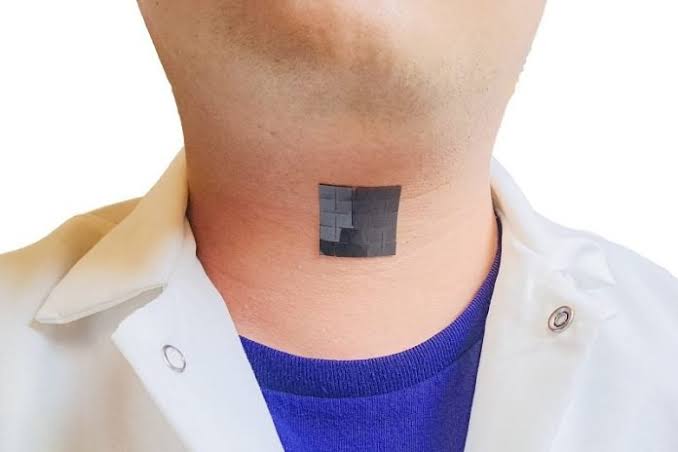The unveiling of the groundbreaking technology by engineers at UCLA marks a significant milestone in the field of assistive communication devices, particularly for individuals facing communication challenges due to conditions such as laryngeal cancer surgeries or dysfunctional vocal cords. This innovative device, detailed in the prestigious journal Nature Communications, offers promising solutions that could potentially transform the way we communicate and enhance the quality of life for those affected by such conditions.
At the heart of this transformative technology is a wearable device, approximately the size of an inch square, designed to be placed on the skin outside the throat. Unlike traditional communication aids, which often rely on external voice synthesizers or invasive procedures, this device harnesses bioelectric signals from the larynx muscles to produce articulate speech with remarkable accuracy, approaching an impressive 95%.
Led by Jun Chen, the multidisciplinary team of engineers and researchers at UCLA developed a device comprising two key components: a self-powered sensing component and an actuating component. Both components are crafted from silicone and magnetically induced layers, leveraging innovative materials and technologies to achieve their functionality.
The sensing component utilizes magnetoelastic technology, a cutting-edge approach that detects laryngeal muscle movements. These movements are converted into electrical signals, which are then processed through a sophisticated machine-learning algorithm. This algorithm plays a pivotal role in interpreting and translating the electrical signals into comprehensible speech signals, ensuring accurate and natural-sounding output.
Meanwhile, the actuation component of the device is responsible for supplying the necessary current to the motor. This current, derived from the processed electrical signals, drives the motor to produce audible output, effectively transforming the electrical signals into articulate speech. The seamless integration of sensing and actuation components enables real-time communication, empowering users to express themselves with clarity and confidence.
What sets this technology apart is not only its remarkable accuracy but also its non-invasive nature and user-friendly design. By eliminating the need for invasive procedures or external voice synthesizers, this wearable device offers a more convenient and discreet solution for individuals with communication challenges. Its compact size and skin-friendly materials ensure comfort and ease of use, allowing users to integrate it seamlessly into their daily lives.


